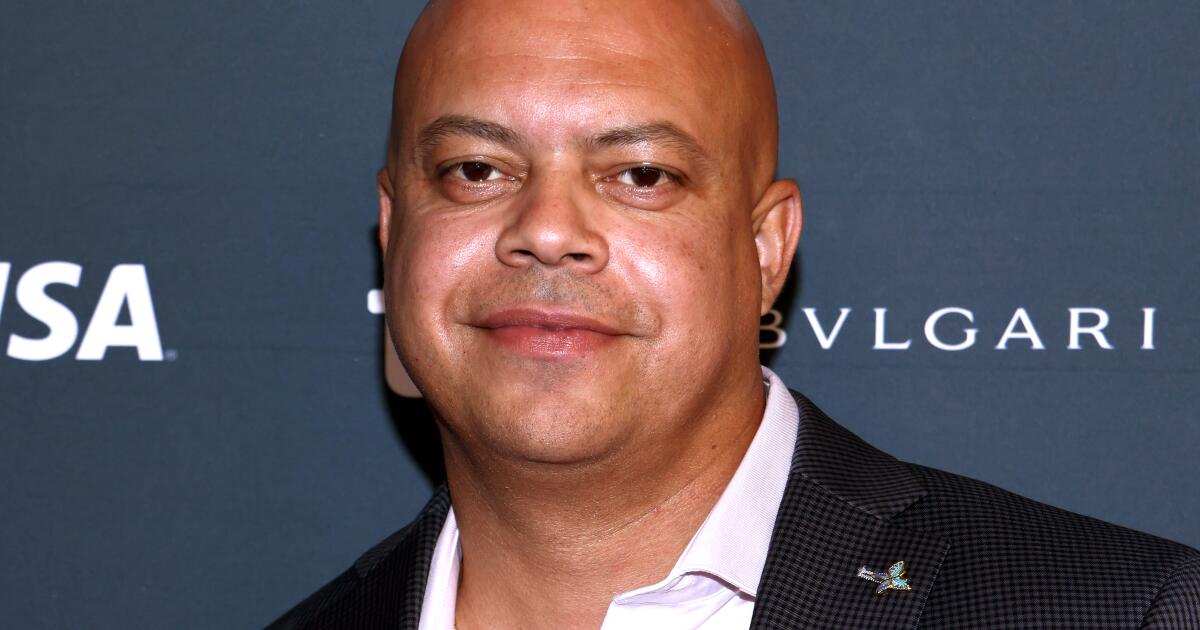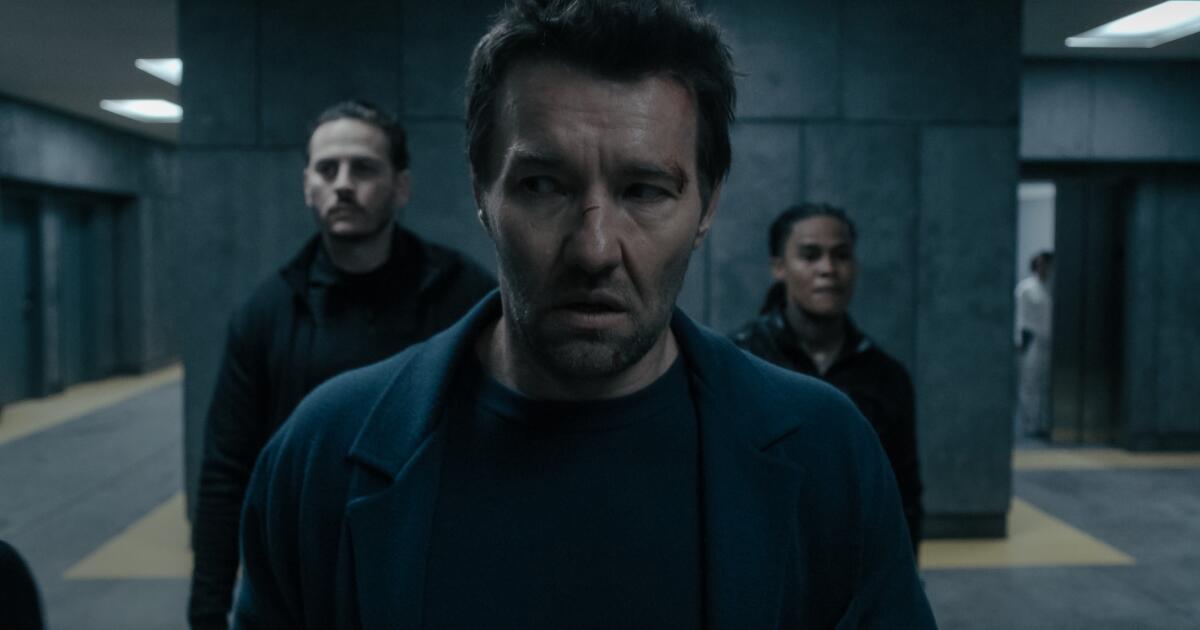In 1974, Dave Hodges was catching up with an old friend over beers when he noticed a shortage of hip establishments in North County San Diego.
Instead of pursuing a career in accounting, where he had just earned a degree at the University of San Diego, he decided to open a bar.
After a long search for the right location, Hodges discovered a Quonset hut on Cedros Avenue in Solana Beach. The arched, corrugated steel building had been used by the Navy during World War II and, more recently, by a waterbed manufacturer that had gone out of business. With a humorous nod to the past, Hodges christened his new bar the Belly Up Tavern.
“We were looking for somewhere where a couple of old friends could go and have a few beers,” Hodges told The Times in a 1989 interview. “Something like an English pub – not dark and gloomy, not a place that smelled bad.”
The bar's initial clientele was mostly blue-collar workers who came to play chess and checkers, pool tables and darts. There was even a library where customers could check out novels to read while sitting at the bar, Hodges recalled.
“We had plumbers, electricians and carpenters supporting us, people who wanted a quiet place to have a few beers,” he said. “It was a low-key place.”
It then became one of Southern California's oldest (and loudest) music venues and the site of many historic acts, from Tom Jones to Snoop Dogg.
Fans wait in line for a Steel Pulse concert as Belly Up Tavern celebrates its 50th anniversary in Solana Beach.
(Wally Skalij / Los Angeles Times)
This month marks Belly Up’s 50th anniversary, and rather than hosting a single event to mark the milestone, the venue has organised a series of concerts – 50 in total. Kicking off in July with performances by bands including Aggrolites, War and X, they conclude in October with three consecutive nights featuring Ben Harper & the Innocent Criminals. The varied line-up is a reflection of Belly Up’s vibrant history.
In its early years, the venue featured roots music and had a loyal following. Hodges built a low stage out of leftover materials from the waterbed industry and the venue hosted blues, bluegrass and rock 'n' roll artists.
Big Mama Thornton, Etta James and Albert Collins were just a few of the blues greats who frequently played at the Belly Up during the disco era. The venue also built a reggae fan base by bringing Jamaican superstars like Eek-A-Mouse, U-Roy and Toots and the Maytals to North County.
In the 1990s, the Belly Up hosted artists who had achieved more mainstream success, including George Clinton, No Doubt, and the Red Hot Chili Peppers.
During this time, Hodges met Steve Goldberg and Phil Berkovitz, owners of a nearby restaurant called Pacific Coast Grill. Some bands that played at the Belly Up performed at the restaurant on Thursdays under alternate names. Among them was the popular San Diego Beat Farmers band, who played at the restaurant under the name Incredible Hayseeds. Hodges, Goldberg, and Berkovitz became friends and regularly frequented each other's businesses.
“We became friends,” Goldberg says. “And we just said, ‘Look, if you ever want to sell, we’re the ones to do it. We understand what your vision is, and we’re not going to screw it up.’”
Hodges sold the Belly Up Tavern, along with an adjoining restaurant, to Goldberg and Berkovitz in 2003.
The two have remained true to the spirit of the place while fostering its growth, so much so that many of their Belly Up employees have worked there for decades, some of them before the current ownership.
The Belly Up has undergone its fair share of changes over the years, including the release of “Tavern” and the hosting of performances by household names such as Jones, Snoop Dogg and the Rolling Stones.
During the COVID-19 pandemic closures, Goldberg and Berkovitz used their free time to renovate the restaurant next door, which they named Belly Up Tavern while the venue remained Belly Up. Today, flyers from past concerts cover the restaurant’s walls, immersing customers in the club’s history.
This reverence for the past, coupled with the inherent intimacy of the 600-capacity venue, invites audience members to experience Belly Up concerts, rather than simply witness them.

Steel Pulse at the Belly Up Tavern in Solana Beach.
(Wally Skalij / Los Angeles Times)
Goldberg and Berkovitz attribute much of Belly Up’s success to its philosophy. “Our mantra has been non-corporate professionalism,” Goldberg says. “There’s so much consolidation, and we don’t want to be thought of as anything other than who we are: the experience we have and the vibe we have.”
That’s not to say they’re opposed to reaching a broader audience. Last year, Belly Up began booking shows exclusively at the Sound, a 1,900-capacity concert venue at the Del Mar Fairgrounds.
They also work alongside corporate promoters to put on larger shows in Southern California. “We produce a lot of shows outside of Belly Up and we have to work with a lot of those big companies,” Goldberg says. “We’re not enemies. We don’t find it unpleasant at all. We just work with people to create great events.”
Another of Belly Up's not-so-secret weapons is Grammy Award-winning producer Chris Goldsmith.
Shortly after seeing Mongo Santamaria at the Belly Up on his 21st birthday, Goldsmith began playing there with his band, Borracho y Loco. This led to a job at the venue’s booking agency in 1988. Goldsmith brought blues, reggae and world music artists to the stage for six years before moving on and venturing into album production, working with artists such as Blind Boys of Alabama, Charlie Musselwhite and Harper.
Goldsmith returned to Southern California shortly after Goldberg and Berkovitz purchased Belly Up and began booking events again before eventually accepting a full-time position. Together with a professor and students from San Diego State University, Goldsmith developed the idea of televising concerts with a show called “Live at the Belly Up,” which continues to air on local public television station KPBS.
“All the filming is done by students,” he explains. “Without the support of the university, we couldn’t have done it.” This allows film students to improve their CVs and make contacts with artists, he adds.
As the club's current president, Goldsmith was tasked with planning a celebration for Belly Up's 50th anniversary, fueled by the 50-show series.
“If you have 50 shows, times 600 people, if we’re lucky enough to sell out, that’s 30,000 people,” Goldsmith said. “So how do you celebrate the anniversary of a 600-capacity venue and a 30,000-capacity venue? Well, you spread it out over four months.”

Customers enjoy drinks and food at Belly Up Tavern in Solana Beach.
(Wally Skalij / Los Angeles Times)
Like most of the artists taking part in the concert series, roots reggae icons Steel Pulse are no strangers to the Belly Up. “It’s been like a family,” says frontman and songwriter David Hinds. “If it was a house, I’d be a lodger or a tenant or whatever they call it in America,” he laughs.
In August, Steel Pulse played to a sold-out crowd. From the first moment to the last, audience members danced and bobbed their heads, as if they were standing in front of the ocean.
To this day, Belly Up is a bastion of reggae, blues and roots music.
“It really goes back to that original seed that was planted by the original owner, Dave Hodges, and the first crew that was there,” Goldsmith says. “They were very into roots music, and they invested a lot of time and energy into exposing people in San Diego to that type of music. I think that left an archetypal imprint on the club and the community that is still there today.”
The concert series will continue throughout October, with Built to Spill, Jason Mraz and The Wallflowers among the artists set to perform in the coming weeks. Tickets and the full lineup can be found on the Belly Up website.
After 50 years, Hodges still owns the Quonset hut that houses the club. Goldberg and Berkovitz are proud to continue the Belly Up legacy and look forward to bringing live music to Solana Beach for many years to come.
“Dave Hodges, we proved him wrong,” Goldberg says with a laugh. “We never went under.”












